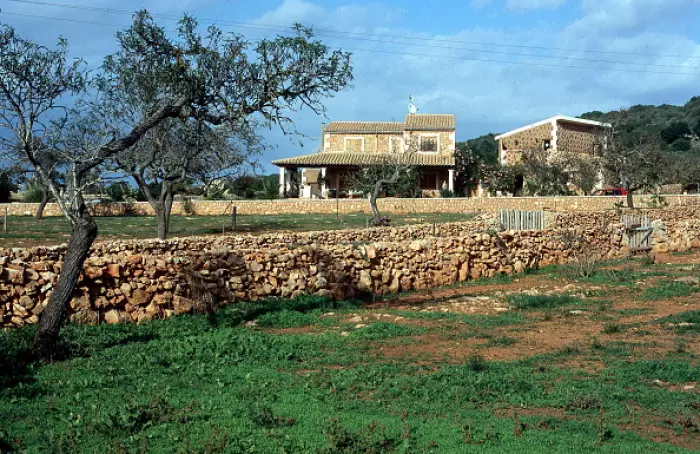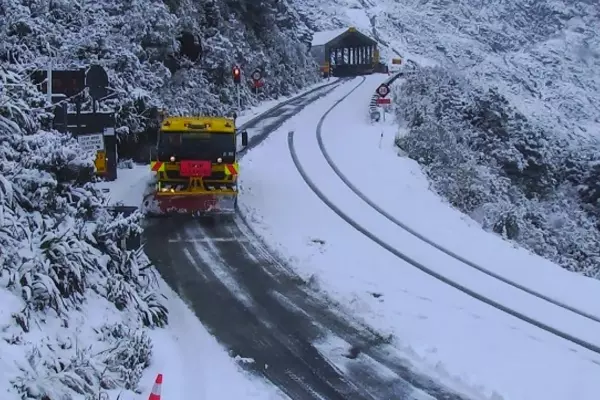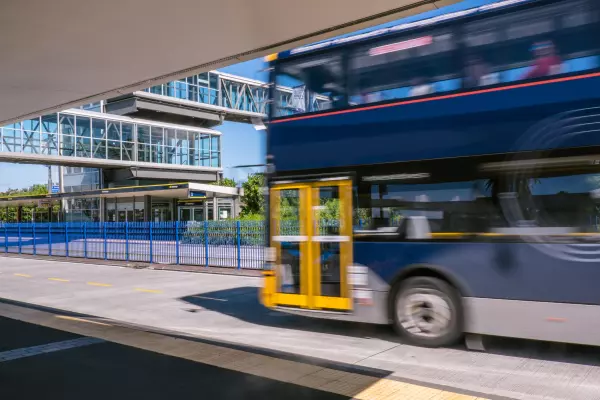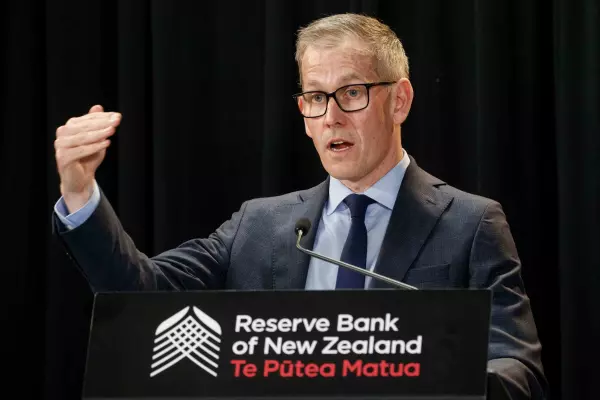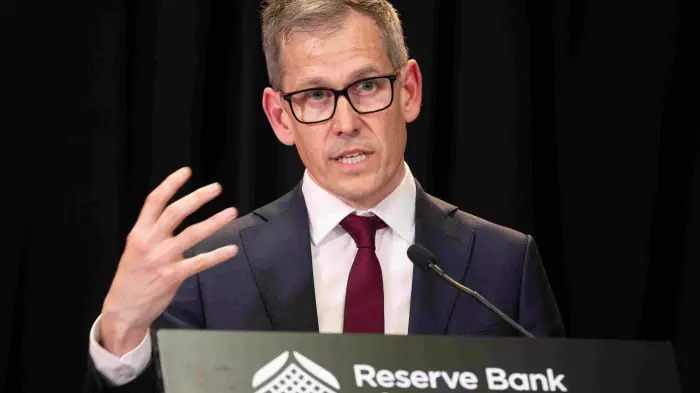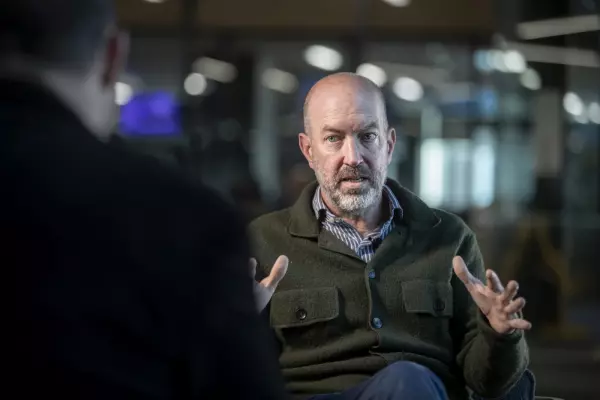Partner content
Every Spanish citizen will be able to connect to a 100 megabits per second (Mbps) broadband network by the end of 2025. It's a bold, ambitious statement of intent.
While the Spanish government’s España Digital 2025 plan doesn’t spell out the technology that will achieve that goal, Benoît Felten says it amounts to completing a 100% nationwide fibre-to-the-premise network in just three years.
Felten, a Paris-based director of Plum Consulting, was in Auckland last month presenting a report on European approaches to rural fibre. There is much in it that is directly relevant to New Zealand.
The report, sponsored by Chorus, reveals that although Spain might be the most enthusiastic builder of rural fibre, it is by no means alone. Many other European nations plan to build fibre networks that reach deep into rural areas.
Everywhere
Authorities in France, Portugal and the United Kingdom have all made it clear they don’t regard their fibre networks as finished until everyone can connect.
European Union policy is that fast fibre networks should be everywhere by 2030. Many countries will get there much sooner.
In addition to the countries already mentioned, Felton says Ireland, Denmark, Sweden and the Netherlands are likely to beat that target by years. Well before the end of this decade, rural users across large parts of the European continent will get the same fast broadband service as city dwellers and pay the same price.
Government thinking in most of Western Europe is that people living in rural areas should not be second-class digital citizens. Anyone who has spent time at a TUANZ Rural Connectivity Symposium will tell you: people living in more remote parts of Aotearoa have the same thoughts.
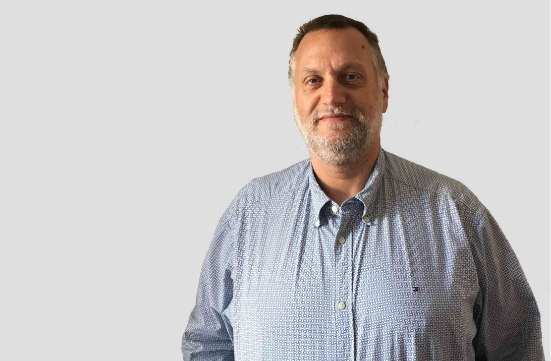
Benoît Felten (above) says when 80% or so of the number of people in any country can connect to relatively affordable gigabit broadband, it becomes politically hard to argue that the people who live in rural areas should be left to contend with less satisfactory fixed wireless or satellite broadband options.
Felton says that was considered acceptable a decade or two ago when countries first laid out their fibre plans. At that time, extending the fibre network everywhere didn’t look practical or affordable.
That was the thinking here when the original plans were drawn up for NZ’s UFB network. The original UFB programme aimed to cover 75% of the country, mainly cities and large towns, by the end of 2019. Much of the remainder would be covered by the Rural Broadband Initiative, which meant fixed wireless connections.
“Fixed wireless access is relatively rare at scale in Europe because the balance between cost and quality of service is a poor match for rural needs. It’s usually seen as a temporary option that will be replaced by fibre”, says Felton.
Likewise, he says European policymakers also see satellite as an interim technology because the service providers can’t guarantee throughputs.
Satellite networks
There are always going to be some places where a fibre connection is too difficult or expensive. While Europeans talk of 100% coverage, depending on the geography there might be somewhere between 0.1% and 1% of premises that prove too difficult or costly to include. The number could be a little higher in NZ, even so, the copper network reached 99% of the country and that was built when there were far fewer resources than today.
Felton says satellite networks are a viable long-term solution for those people.
The initial success of the UFB network gave the government the confidence to extend the fibre programme twice with the UFB2 and 2+ extensions. These extensions are set to finish at the end of this year when around 87% of the population will be able to connect to fast fibre.
NZ’s fibre planning started long before anyone in officialdom had heard of Netflix or Spark Sport. Video streaming was in its infancy. Zoom had yet to start operating.
The initial budgets worked on the basis that somewhere between a quarter and a third of homes passed might connect to fibre within a decade. When streaming video services became popular the economics of building fibre changed, making the extensions feasible.
Rural fibre
Today, fibre uptake rates approach 80% in areas that have been connected for some time. Nationwide the uptake is approaching 70%. We are hitting the point where not connecting the rest of the nation no longer looks acceptable.
One reason why rural fibre was not on the original fast broadband agenda is that the cost of connecting each extra home rises with distance. The cost per connection in densely populated areas is measured in hundreds of dollars; in remote areas, it can be tens of thousands; in the furthest reaches, it can be more again.
There is no one-size-fits-all approach to funding rural fibre in Europe. Different geographies have different needs, and the funding models vary from country to country. There are countries where governments can rely on the private sector to fill the gaps and those where more state intervention is needed.
Some countries treat fibre as a nation-building exercise and have a national approach, others focus resources on the most difficult to connect places.
Where does this leave NZ?
Felton says the UFB programme was world-leading a decade ago, and it paid off, but we can’t sit on our laurels. The fibre network has seen NZ move from a middling nation for digital connectivity to sit among the most advanced countries. This year, we became one of the top 10 nations for our average broadband speed.
He says if we are to stay in the top tier, we now need to follow the European approach and build our fibre network deeper into rural NZ.
The alternative is to accept that we’re going to have second-class digital citizens at a time when business, learning and essential services all rely on fast broadband connections.


